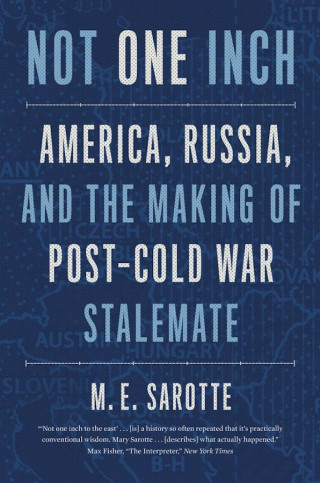In December 1988, the leader of the Soviet Union made a remarkable announcement at the United Nations. Mikhail Gorbachev declared the unilateral withdrawal of half a million Soviet troops from countries in Eastern Europe. “Further world progress is now possible only through the search for a consensus of all mankind, in movement toward a new world order,” he said.
Just over 33 years later, U.S. leaders are considering sending thousands of troops to some of the same lands from which Soviet troops retreated. Gorbachev himself has celebrated Russia’s recent annexation of some of its former empire. Far from any consensus on a new world order, relations between Russia and America and its allies have deteriorated to a degree that would have astonished and depressed those who witnessed the Soviet Union’s extraordinary, voluntary, relatively peaceful self-destruction. The descent from the optimistic, friendly era that surrounded the end of the Cold War to today’s hostility has been usually attributed to Russian leader Vladimir Putin’s malevolence or NATO’s progressive expansion into Eastern Europe. Truth exists in both of these explanations, but they leave much out.
The last phase of the Cold War was shockingly swift and took all policymakers involved by surprise. In late summer 1989, the borders between Austria and Hungary became porous, weakening the Iron Curtain. The Berlin Wall was torn down two months later. In 1990, Germany was reunified, integrating into NATO. The next year, the Soviet Union formally dissolved. Over the next decade and into the twenty-first century, NATO expanded east repeatedly.
Certainly, NATO’s enlargement beyond what used to be called West Germany has provoked Russia. But the ways in which NATO enlarged were as impactful as its fact. Not One Inch, the timely new book by the Johns Hopkins historian M.E. Sarotte, uses untapped archives and declassified documents (including some remarkable transcripts) to prove definitively that American, German, and Soviet leaders explicitly spoke about the possibility of NATO enlargement in the late 1980s and 1990s. These records disprove claims by Clinton administration officials and others (including Gorbachev himself) that the topic wasn’t discussed, or discussed only in reference to a reunified Germany. “I personally do not have a problem with NATO expansion—the problem was how it happened,” Sarotte says. It was done in a way that “would maximize frictions with Russia,” she says.
